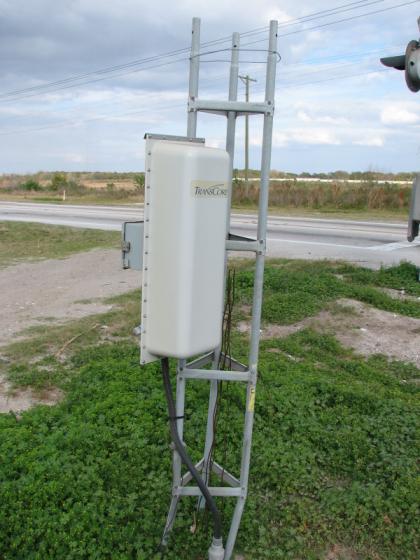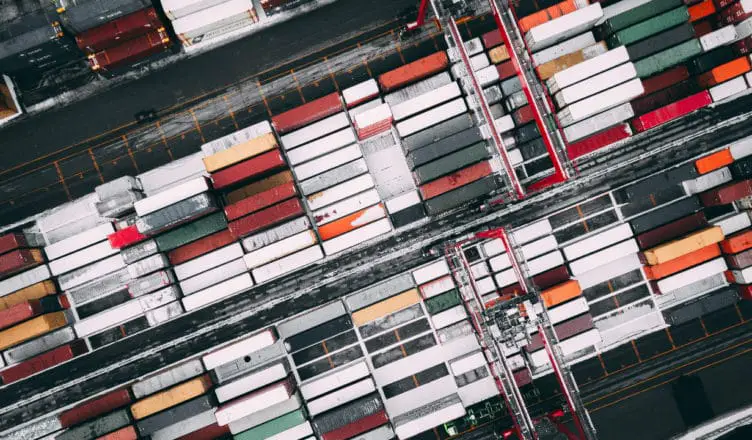Tracking freight used to be a difficult task, as railyards and shipping companies relied on pencil-and-paper logs.
Now, with AEI tags and other easily-tracked technology, anyone can follow freight from one destination to another.
With automation and tracking systems, keeping track of freight is easier than ever before.
Along with tracking freight, the latest shipping platforms can use the constantly. Updated data with AI to offer highly accurate predictions regarding arrivals.
This helps the companies that receive freight better prepare their docks and supply chains. The ease of tracking freight comes with reduced overhead expenses and more efficiency at departure and arrival locations.
Companies that have not moved into the modern era of using automation to track their freight are already behind the times.
With the plethora of data at the fingertips of logisticians, there are very few reasons for any freight to be delayed or for companies not to be immediately notified if a delay occurs.
Fortunately, there are several tools at the disposal of anyone who needs to keep track of freight shipments.
Relying on Shipping Companies
If you ship your freight with a major shipping company, you will most likely have access to their platforms and shipping updates.
While you probably cannot access all of the data they can, the company’s platform will share real-time information about your package.
You might receive a tracking number or an exclusive login that lets you follow it from the moment you drop it off to the moment it arrives at its final destination.
Following AEI Tags
Shipping companies that rely on railcars or semi-trucks to move freight use data captured by AEI tags. Nearly every car or locomotive that uses railroad tracks in the United States uses these RFID tags.
They are on the left side of each rail car. As they pass the readers, they transmit a radio signal.
That radio signal is then sent to the stakeholders – usually shipping companies and rail yards. So, they can see exactly where their assets are on the tracks.
This technology is so popular with railyards that many trucking companies have begun using it on their tractor-trailers, too.
With AEI tags, the real-time data lets shipping companies know if there is a delay that helps their customers prepare their supply chains. These tags have become vital tools for tracking freight throughout the shipping industry.
Invest In Your Own Platform
If your business model is heavily reliant on shipping freight, then your business might benefit from an investment in a transportation-management system.
These software platforms give you real-time data on the location of freight all over North America. They use the data from AEI tags on railcars and semi-trucks to help companies keep track of their freight shipments.
The data the platforms collect can be aggregated into various reports.
And some platforms are using AI technology to make predictions. That helps with staffing, supply chain, and other expenses related to shipping. The platforms often have mobile apps, and they can take the place of logistics logs, too.
Prepare for Common Delays
In the United States, several areas of the country are prone to delays caused by extreme weather or by seasonal road work.
If your company is in one of those areas or relies on shipments to cross through those areas, it is necessary to plan ahead.
Tracking shipments in the middle of a snowstorm or through unexpected detours can be nerve-wracking. Especially when those shipments are needed in a timely fashion.
Fortunately, weather conditions cannot affect AEI tags. Before the use of AEI readers and tags, shipping companies attempted to use bar codes, but the weather and road dirt made those ineffective.
Even with technology, it is frustrating to watch important freight sitting in one place because of unsafe weather conditions.

Use an API System
If you work with a large shipping company, you might be able to use an API or application programming interface.
These give platforms the language to work with each other. They often rely on cloud systems to communicate information about shipping information.
So, you could add the API of your favorite shipping company onto your own computer platform. This would give you instant access to track your freight on a system that you understand and use regularly.
Prepare the Destination for Arrival
If a destination does not rely on technology to prepare for arrival, you might not be able to track your shipment.
All too often, freight sits at a destination that has limited operating hours. It might sit on the dock, waiting for someone to check it in, which takes it off the grid for hours or days.
If you know that this could happen at the destination, you can provide them with arrival data when they are open. So, they can be there when your shipment arrives.






